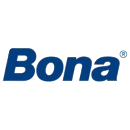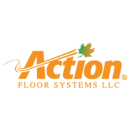Join To Get Our Newsletter
Sign up to receive the latest updates, tips, and exclusive offers from Pro-Athletic straight to your inbox! Stay informed and never miss out.
Running and walking tracks are specialized outdoor or indoor paths designed to provide a smooth, durable surface for jogging, walking, and running. These tracks are often found in sports complexes, parks, and schools and can range from simple, straight paths to more complex, multi-lane oval tracks.
The tracks are designed with specific materials to provide optimal traction, cushioning, and safety for both walking and running. They are typically made from materials like synthetic rubber, polyurethane, or asphalt, which help reduce the impact on joints while providing a stable surface for users.















Sign up to receive the latest updates, tips, and exclusive offers from Pro-Athletic straight to your inbox! Stay informed and never miss out.

Pro-Athletic provides high-quality sports flooring installations, maintenance, and solutions, specializing in performance-driven spaces tailored to your needs.
Copyright © 2022. All rights reserved.